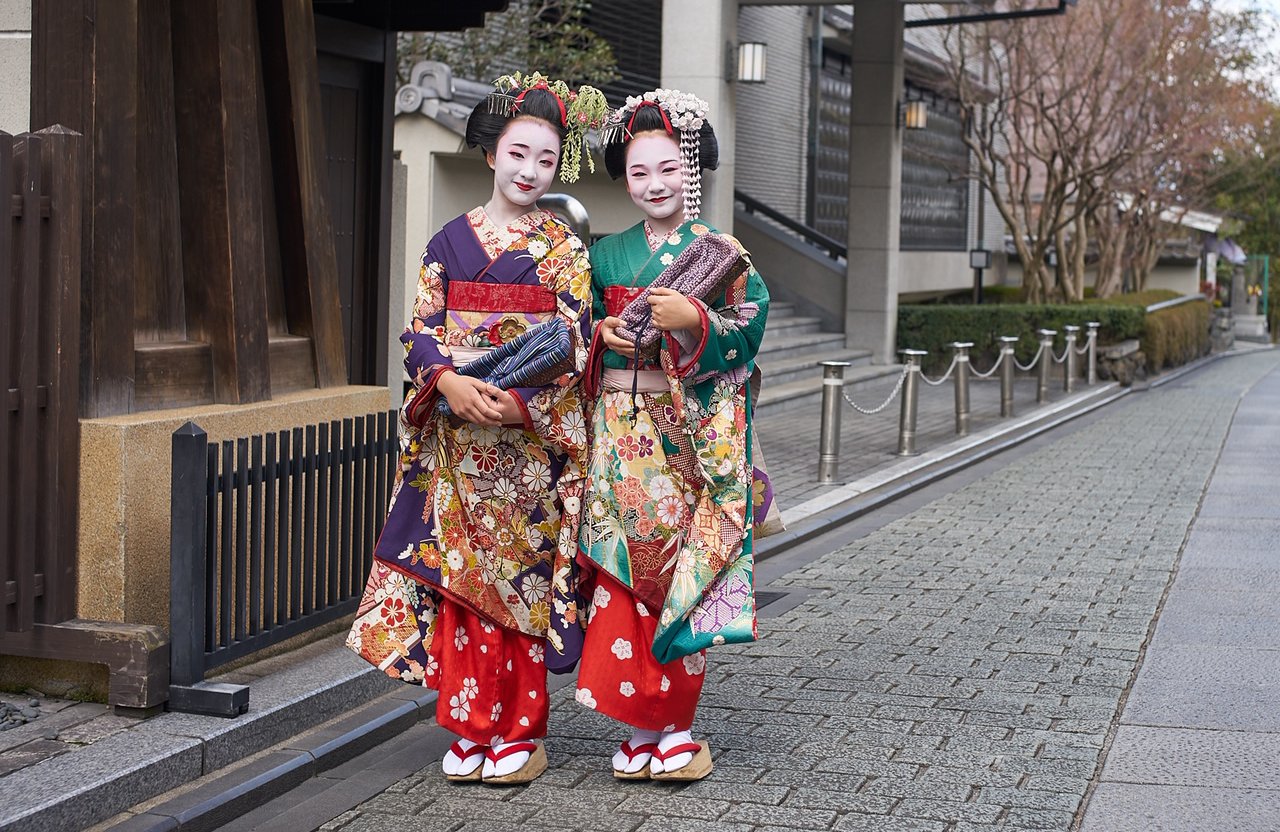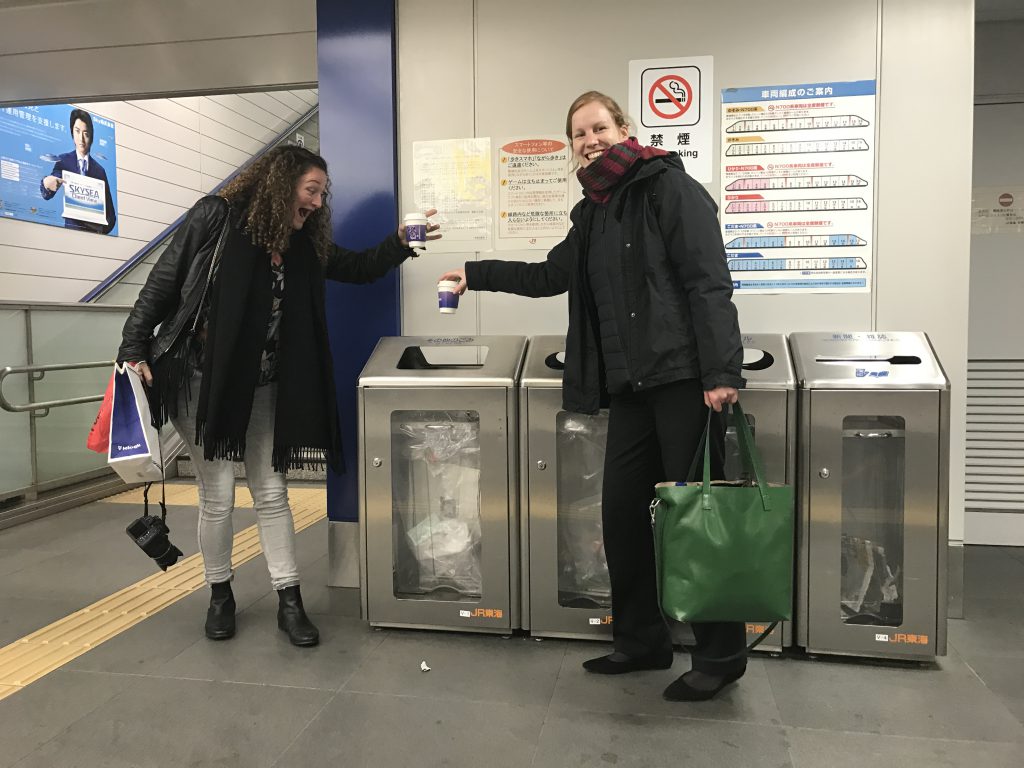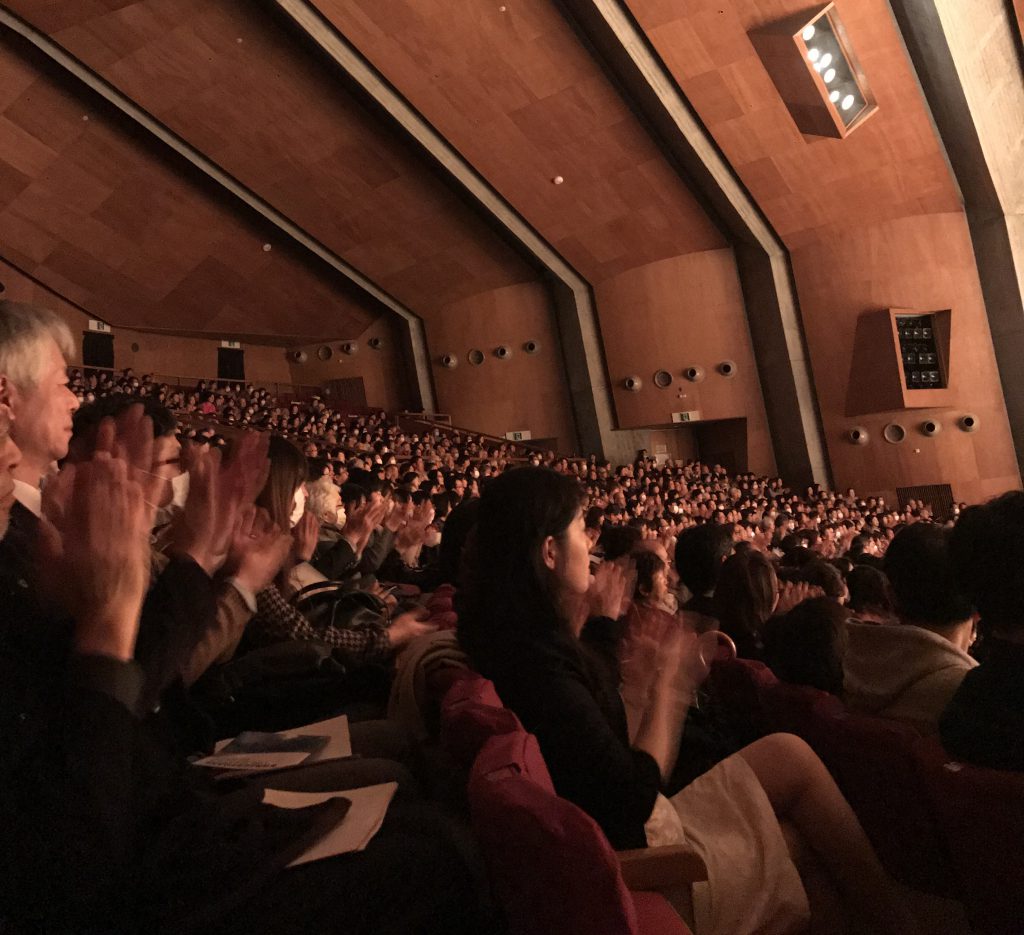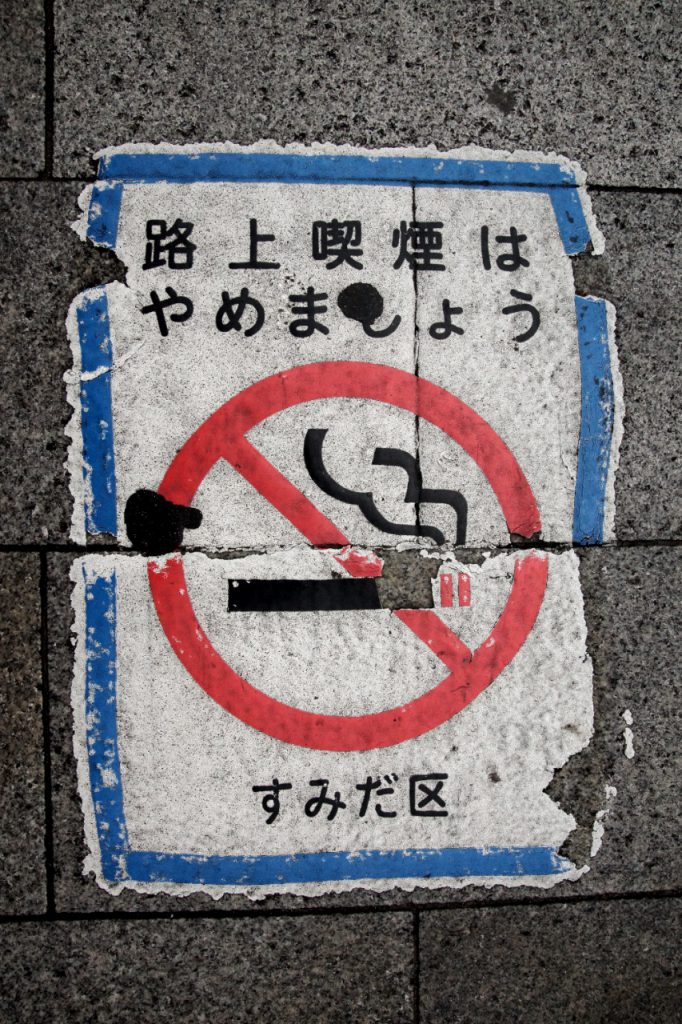16.00 Uhr
Neujahrskonzert

Our orchestral musicians prepared themselves musically for the Japan tours in 2017 and 2019 – but that’s not all. Thanks to travel guides and the Internet, stories from acquaintances and colleagues, or even previous stays, one might think the basics were be covered. Nevertheless, every tour is full of surprises and the odd culture shock.
Some things are just strange, others are really exciting or fascinating, and many are really amusing.
Here comes the Konzerthausorchester’s list of the 11 most interesting facts about Japan!
In Japan, left-hand traffic is not only for drivers. Pedestrians also walk on the left. Our tip: when crossing a street, alter your left-right-left eye scan of the street to right-left-right.

If you’d like to dispose of a plastic bottle or an ice cream cup in Japanese cities, you might notice that there are hardly any rubbish bins. We recommend always taking a plastic bag with you – as an intermediate waste depot, so to speak. Here’s another insider tip: vending machines! Some of the few rubbish bins for bottles and cans can be found directly next to them.
When the Konzerthausorchester last toured Japan before the pandemic in 2019, FFP2 masks and other “mouth and nose coverings” hadn’t yet become part of everyday European life. So we were fascinated by local displays of masks, and soon realised that the Japanese are always wearing them – regardless of whether in the underground, on the street or in the concert halls. The masuku ( 伊達マスク ) come in a wide variety of designs with “Hello Kitty” versions, special pollen filters, strawberry scent or breathing humidifiers. It is considered proper etiquette to wear them in order to protect yourself and others from viruses. But not only hygienic reasons play a role. The Japanese Wikipedia lists other advantages that don’t seem so far-fetched to us anymore: “Pimples and stubble can be concealed, your face doesn’t dry out when you sleep and you can disguise a sudden outbreak of anger...”
A strawberry basket for 16,200 YEN (= €133), a melon for €110! Overall, fruit is expensive in Japan, but the prices in special fruit boutiques amazed us. Our interpreter Azusa explained to us that luxury fruits are a popular gift for special occasions, like the birth of a baby. Perfectionist farmers pay close attention to the colour, shape and fragrance of each fruit, which has to meet the highest quality standards.
Huge screens, colourful advertising posters and many, many people – this is Tokyo’s Shibuya district. Here you can find what is probably the busiest intersection in the world – all the traffic lights turn green at the same time, allowing up to 15,000 people to cross the street. It is an all-walking intersection, where pedestrians not only cross from one side of the street to the other, but also cross the intersection diagonally.

Our artistic director exchanged countless business cards (meishi) during the Japan tour. These cards play an important role in Japanese business life. Here is a brief meishi “etiquette” in a few steps: accept the business card of the counterpart with both hands. Offer your own business card in the same way. Appreciate the position of the other person and his or her company by looking at the card carefully – never simply put it away! Place the card in front of you on the table and stow it away respectfully after a while – but never in your pocket! Got all that?

Whether in Tokyo, Osaka or Yokohama – the Konzerthausorchester played to sold-out audiences and was celebrated with conductor Eliahu Inbal, violinist Ryu Goto and pianist Ayako Uehara. But the clapping sounds different. During the concert, there is absolute silence until the last note, followed by swelling applause in unison, which then ends in one fell swoop. Our Japanese colleagues explained to us that the very pronounced collective spirit of the Japanese is transferred to their clapping habits. Either way, we were very happy about the enthusiastic audiences!
From a culinary point of view, Japan is very varied and exciting. For days we tasted our way through Japanese cuisine: sushi & sashimi, ramen (noodle soups), yakitori (shish kabobs), shabu-shabu, tempura... all delicious! Many restaurants display plastic replicas of their dishes with prices in the window. If they don’t have them – simply point at the other diners’ plates. We were rarely disappointed!
Loud (very loud) music everywhere, an orgy of flashing lights and lots of smoke – Japan’s gambling halls are not for those seeking peace and quiet, but are definitely an interesting experience.

In Japan, it is strictly forbidden to smoke while walking. Instead, look for marked “smoking areas”. To our great surprise, however, smoking is allowed in most restaurants and bars.
Over the course of the tour, we often sat in the Shinkansen bullet train to cover extended distances in the long island kingdom. And were thrilled by its punctuality.
Photos: Yu-Hui Chuang, Ralf Forster, Elena Kountidou, Norbert Möller, Ronith Mues and Timo Steininger